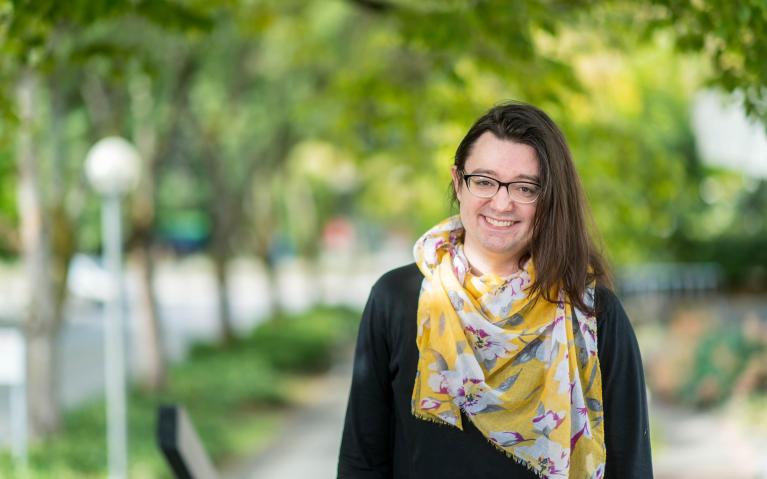Diagnosing bias in the gender representation of HCI research participants: how it happens and where we are (2021)
In human-computer interaction (HCI) studies, bias in the gender representation of participants can jeopardize the generalizability of findings, perpetuate bias in data driven practices, and make new technologies dangerous for underrepresented groups. Key to progress towards inclusive and equitable gender practices is diagnosing the current status of bias and identifying where it comes from. In this mixed-methods study, we interviewed 13 HCI researchers to identify the potential bias factors, defined a systematic data collection procedure for meta-analysis of participant gender data, and created a participant gender dataset from 1147 CHI papers. Our analysis provided empirical evidence for the underrepresentation of women, the invisibility of non-binary participants, deteriorating representation of women in MTurk studies, and characteristics of research topics prone to bias. Based on these findings, we make concrete suggestions for promoting inclusive community culture and equitable research practices in HCI.
View record



